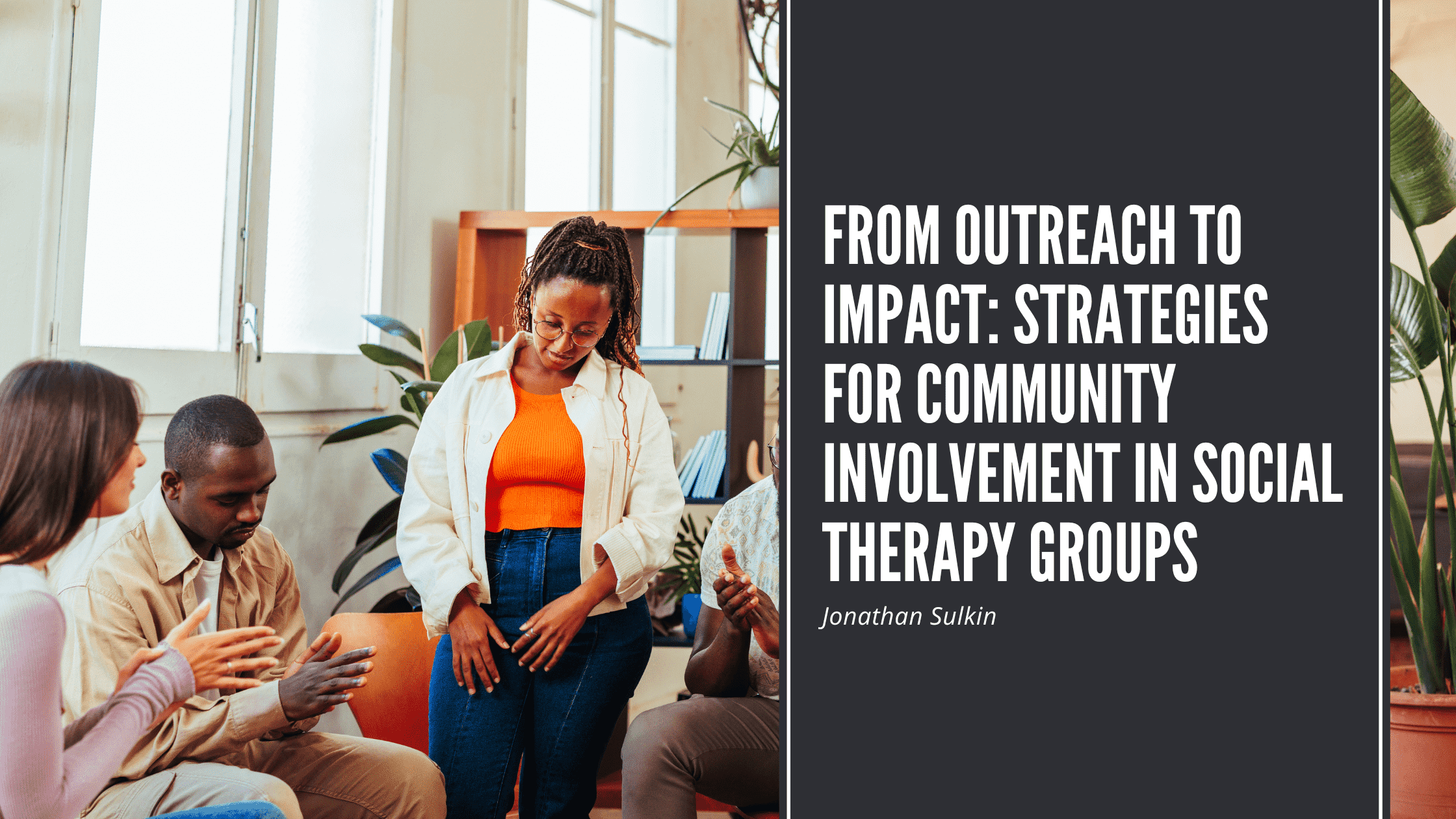Community involvement is at the heart of effective social therapy groups, offering collective healing and growth opportunities. However, engaging communities requires deliberate outreach efforts and thoughtful strategies to maximize impact. In this blog post, we’ll explore key strategies for involving communities in social therapy groups and making a meaningful difference in people’s lives.
First and foremost, effective outreach begins with understanding the needs and interests of the community. Community assessments, surveys, and focus groups can provide valuable insights into community members’ challenges, strengths, and preferences. By listening to their voices and understanding their perspectives, social therapy groups can tailor their programs to better meet the community’s needs.
Building strong relationships and partnerships with local organizations, leaders, and stakeholders is essential for successful community involvement. Collaborating with community-based organizations, schools, religious institutions, and grassroots movements can help reach underserved populations and build trust within the community. By leveraging existing networks and resources, social therapy groups can amplify their impact and foster meaningful connections with community members.
Another key strategy for engaging communities in social therapy groups is creating culturally relevant and accessible programming. This may involve offering services in multiple languages, incorporating cultural traditions and practices into group activities, and addressing the unique needs of diverse populations. By respecting and honoring participants’ cultural identities and experiences, social therapy groups can create inclusive spaces where everyone feels valued and respected.
Utilizing various outreach methods and communication channels can help reach community members where they are. This may include traditional methods such as flyers, posters, and word-of-mouth referrals, as well as digital platforms such as social media, email newsletters, and online forums. By diversifying outreach efforts and meeting people where they are, social therapy groups can increase awareness and engagement among community members.
Empowering community members to take ownership of the group and become active participants can enhance the impact of social therapy programs. Providing opportunities for community members to co-facilitate groups, share their stories and experiences, and contribute their skills and expertise can foster a sense of ownership and investment in the program. By empowering community members to become agents of change, social therapy groups can create a sustainable impact and foster a sense of collective responsibility for community well-being.
Finally, evaluating and reflecting on outreach efforts is essential for continuous improvement and growth. Collecting feedback from community members, tracking engagement metrics, and assessing outcomes can help identify areas for improvement and inform future outreach strategies. By taking a proactive approach to evaluation and reflection, social therapy groups can ensure that their outreach efforts are effective, responsive, and impactful.
In conclusion, effective community involvement in social therapy groups requires intentional outreach efforts, strong partnerships, culturally relevant programming, diversified outreach methods, community member empowerment, and ongoing evaluation and reflection. By implementing these strategies, social therapy groups can maximize their impact and create positive change in the communities they serve.

